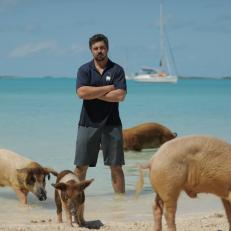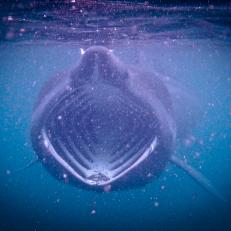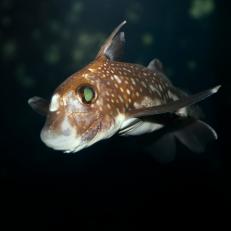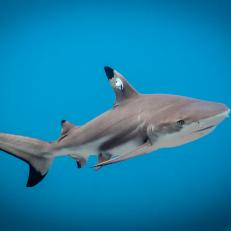Throwback: Sharks in Cuba
Few people had ever documented sharks in Cuba when we first traveled there for Shark Week in 2015. Our expedition was the first time an American film crew had entered the country since the embargo 70 years prior, and it required a laborious year of negotiations, extensive permit applications and a cascade of challenges and surprises. As we entered Havana, though, all our concerns dissipated behind a veil of excitement, salty, cigar smoke filled Caribbean air and the opportunity to film sharks in waters few people, if any, had gone before.
Scientists and conservationists from Mote Marine Lab, Environmental Defense Fund, as well as leading shark researchers from the University of Havana and the Centro de Investigaciones Marinas (CIM) led the trip. Their work is critical to our understanding of sharks in Cuba. The trip had many pioneering moments, including the tumultuous moment a silky shark was tagged in the open ocean relying on tonic immobility techniques, making it one of the most non-invasive tagging methods ever attempted. I'm grateful for all of the incredible people behind this legendary episode and for the opportunity to better understand the coral reefs... and Tiburones: Sharks of Cuba!

Shop This Look
A spiny lobster touches my lens in the clear, blue waters off southeast Cuba.










.jpg.rend.hgtvcom.231.231.suffix/1658256079221.jpeg)













